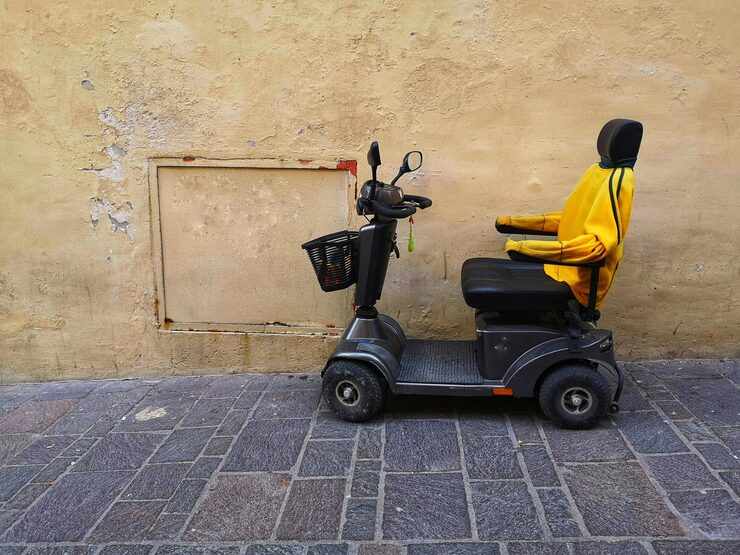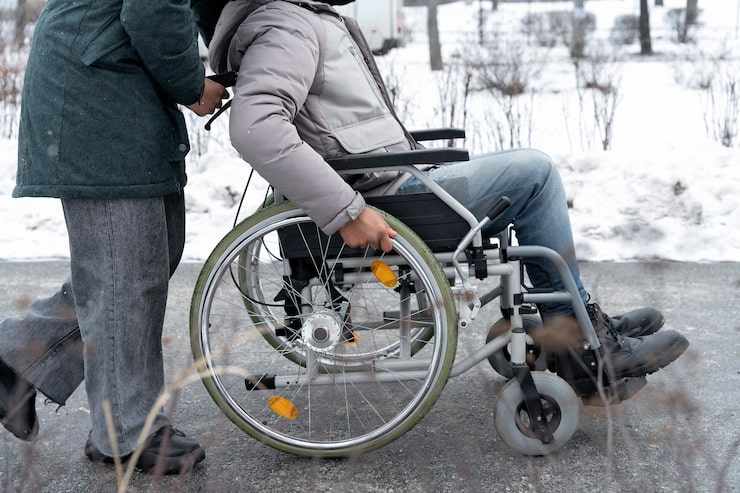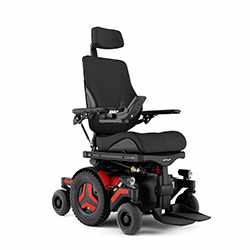
Mobility devices represent freedom and independence for millions of people worldwide. Whether used temporarily or permanently, wheelchairs are vital tools that enhance daily living and self-sufficiency. Unfortunately, few users think about how to protect these essential devices until unexpected damage or loss occurs. Investing in wheelchair insurance helps safeguard your mobility investment and ensures you are protected from the financial burden of repairs, theft, or replacement. Understanding how wheelchair insurance works can make a significant difference in maintaining independence and stability.
Why Wheelchair Insurance Is Essential
Wheelchairs, particularly powered or custom-built models, are high-value assets that can cost anywhere from a few hundred to several thousand dollars. Damage caused by accidents, theft, or mechanical issues can lead to not only financial stress but also reduced mobility and independence. Wheelchair insurance bridges this gap by covering costs associated with repair, replacement, and transportation of the device.
Beyond financial security, wheelchair insurance provides confidence to users and caregivers alike. It ensures that, even if accidents occur, assistance is available without lengthy delays or unexpected expenses, allowing users to focus on recovery and daily life rather than worrying about repairs.
Key Features of Wheelchair Insurance Coverage
Most insurance plans come with tailored options suited for various types of wheelchairs and mobility aids. Common coverage features include:
Accidental damage: Covers costs for repairs caused by sudden or unintentional impact.
Fire and theft protection: Offers financial reimbursement if the wheelchair is stolen or damaged by fire.
Travel protection: Ensures coverage during air or ground transportation mishaps.
Third-party liability: Protects against financial claims if your wheelchair damages property or causes injury to others.
Replacement coverage: Provides a new wheelchair if the existing one is irreparable.
Depending on your needs, policies can be adjusted for international coverage, battery replacement, or multiple mobility aids.
Factors to Consider Before Buying Insurance
Selecting the right wheelchair insurance requires careful consideration of a few essential factors:
The type of wheelchair: Electric wheelchairs, scooters, and customized chairs typically need broader coverage than manual ones.
The frequency of use: Daily outdoor usage increases risks compared to home-only use.
The value of the wheelchair: High-end or imported models require comprehensive insurance.
Claim procedures: Look for insurers offering a simple and fast claims process with minimal paperwork.
Replacement policy: Some insurers provide temporary wheelchairs while repairs are ongoing, ensuring continuous mobility.
Comparing multiple insurance providers before committing can help find the ideal combination of affordability and protection.
Coverage Cost and Premium Variables
Insurance premiums depend on several key factors, including the wheelchair’s purchase value, location, usage pattern, and level of coverage. For example, powered wheelchairs used outdoors typically have higher premiums due to increased exposure to wear, weather, and collision risk. However, these additional costs are justified by the substantial savings they provide in case of major damage or theft.
Many insurers also offer discounts for long-term coverage plans or multi-device policies for households with more than one mobility aid. Having accurate documentation, including purchase receipts and serial numbers, also helps secure quicker claims and potentially lower premiums.
How Accepted Insurance Impacts Coverage
One of the most important aspects of choosing a reliable insurer is understanding how accepted insurance works in practice. Many wheelchair insurance providers collaborate with healthcare networks, equipment suppliers, and government programs to simplify the claim process. Policies under accepted insurance frameworks allow users to integrate medical coverage with equipment protection, ensuring fewer out-of-pocket expenses.
For instance, individuals covered under specific healthcare plans like Medicare or private disability insurance may already have partial wheelchair protection available. Always verify with your insurer or supplier whether your equipment falls under an accepted policy before purchasing additional coverage.
Real-Life Example: Cost Savings Through Insurance
Consider John, an electric wheelchair user who travels frequently. His chair, valued at $6,000, suffered significant damage during an airline transfer. Because he had comprehensive wheelchair insurance, the insurer covered immediate repair costs and provided a temporary replacement within three days. Without coverage, John would have faced not only financial strain but also limited mobility for weeks. This scenario highlights how specialised insurance goes beyond monetary compensation—it ensures continuity and independence.
Avoiding Common Mistakes When Choosing Wheelchair Insurance
People often make avoidable mistakes that can affect their coverage benefits.
Not documenting equipment information: Always keep serial numbers, invoices, and service records.
Neglecting small print: Read every clause carefully to understand what is excluded, such as standard wear and tear.
Ignoring policy renewal reminders: Ensure continuous coverage to avoid claim rejections.
Underestimating value: Always insure your wheelchair based on current replacement cost, not the purchase price.
Taking these precautions helps guarantee your insurance truly protects against all relevant risks.
Benefits That Go Beyond Repairs
The true advantage of wheelchair insurance lies in the emotional and practical stability it offers. Users can travel, work, and engage in daily activities without worrying about potential breakdowns. Insurance also covers replacement assistance, ensuring minimal disruption to mobility. Many insurers provide customer support lines and assistive services, connecting policyholders to repair specialists or providing pickup and delivery options for service.
The Future of Wheelchair Insurance
Technological innovation is transforming how mobility insurance operates. Smart monitoring systems integrated into wheelchairs can now track performance and detect faults early, allowing insurers to offer predictive maintenance and preventive service discounts. As AI and automation continue to advance, wheelchair insurance will likely evolve into a more personalised and user-friendly experience that provides holistic mobility protection.
Conclusion
Wheelchair insurance is not just about protecting a piece of equipment—it’s about safeguarding independence, confidence, and everyday quality of life. With the right coverage, users gain the assurance that repair costs, theft, or accidents won’t compromise their mobility. By understanding policy details, considering accepted insurance networks, and selecting trusted providers, wheelchair users can secure comprehensive, long-lasting protection. When mobility is essential, insurance isn’t an option—it’s a necessity that keeps life moving forward without interruption.








Write a comment ...